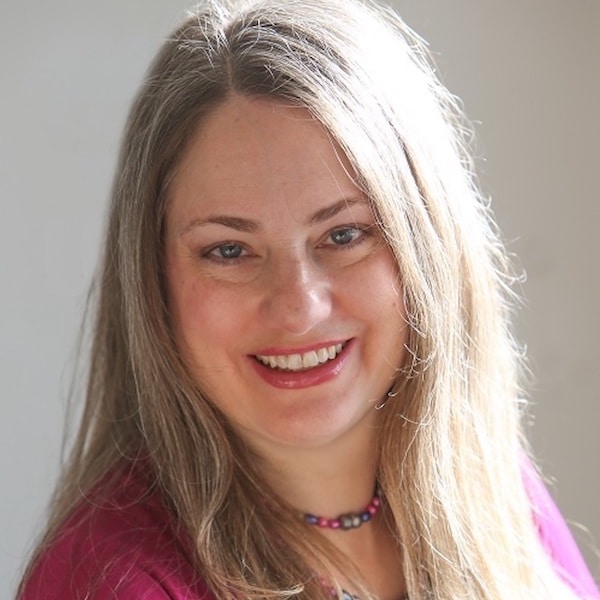If you have just found this blogpost thread, I strongly suggest you go back to the beginning of it before reading further.
Venus Retrograde is over (at least for now—she will go retrograde again in March of 2017). We are past the peak in our story: the princess has been discovered, the witch vanquished, the hard choice made. What is left to tell? A milestone occurs when Venus, now direct, passes through the same point where she turned retrograde in the first place. That happens on October 9, 2015. On this day Venus (now direct and no longer retrograde) passes back through 0º Virgo, the point where she began the journey.
I have names for various points in the Venus Retrograde cycle (see diagram here) and I have dubbed this one “Relationship Resolution Day.” It’s an opportunity to return to where you started and to apprehend this place with all the wisdom of the retrograde journey in your pocket. What metaphors can we find in the story of Rapunzel?
A grim ending for a Grimm tale
In the Grimm’s version, after being blinded and wandering for years, the Prince rediscovers Rapunzel by hearing her sing (there’s that Leo creativity and expression again) and they are reunited. She has been raising their children. Overjoyed, she cries and her tears fall on his eyes. The blindness is healed. They can now be together.
Old-fashioned tales are bound by old-fashioned perspectives. This “you can be happy only after you have endured pain and punishment” moral framework is reminiscent of Jane Eyre, a middle-class character who could only marry her upper-class love after both have paid a terrible price involving death, a fire and the revelation of a horrifying secret. But the modern reader wonders why it all mattered so much?
A modern Disney ending
Disney, targeting its tales firmly at an audience of children and their parents, needs to keep it all very G-rated. The pregnancy theme? Out. The sad ending with the blinded prince? Out. Instead we have the magic hair, a charismatic bad boy hero and an indomitable lost princess trying to discover herself. Oddly, by removing some of the themes, Disney has arrived at the heart of the story, which is also the part that interests modern children (and the inner child of modern adults) the most. And this is the part of the story that makes me cry. Every. Damn. Time.
Rapunzel’s epiphany comes when she has returned to the tower and surrendered herself to Mother Gothel, ostensibly forever. But she has with her a bit of flag that she brought home from her adventures. It has the crest of the royal family on it—a sunburst (and there’s nothing more Leonine than a sunburst). Seeing this symbol in the context of the tower makes her look all around her and suddenly realize that she’s been drawing and painting this exact shape all her life. She’s surrounded by sunbursts—in the positive and in the negative space of every image she’s created. Venus retrograde’s discovery, upon returning to Leo from Virgo, is that she has herself already—that she always knew who she really was, deep down inside. This triggers for Rapunzel the realization that SHE is the princess who was stolen as a baby, that the lanterns are expressly for her and always were. This is a Venus moment of understanding that one’s value is absolute and that her parents never stopped loving or wanting her.
This is a huge shift away from most world cultures’ traditional devaluation of the female or of using a daughter as a bargaining chip or a resource to be exploited. The epiphany is also a consummately Venus moment in that she discovers that she has value, has worth, that is inherent, and that it is up to her to ensure that it is used well in the world, and not exploited.
Lost. . . and found
United with Flynn, Rapunzel leaves the tower and returns to her family, the king and queen of the land. In a moment both subtle and tender, they recognize and welcome her with open hearts. This is a reaffirmation of their perpetual love for her and the hope that she would be found.
This is a story for anyone who has ever lost herself and then found herself, for anyone who has lost a child, for anyone who fears that her mother didn’t really love her. It’s a story affirming that a girl can grow up, pass through adolescence, discover herself and her own desires and be loved by her parents despite the rebellion needed to break away from their safe grasp. It is a story for everyone who longs to be a wanted child.
Begin this article series here.
Read more about Venus Retrograde here.
References:
Wikipedia page about Rapunzel
A fun and modernized retelling of Rapunzel, in graphic novel format
Grimm’s Fairy Tales on Wikipedia
The Red Fairy Book by Andrew Lang as a free download on amazon.com
Tangled on IMDB
An annotated Rapunzel might be found at Sur La Lune Fairytales dot com if they’ve finished updating their site
Grimm’s original tale for purchase on amazon.com
Terri Windling’s Rapunzel page compares several versions of the tale, is annotated and is loaded with insights


